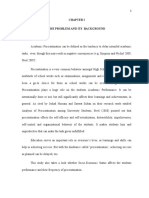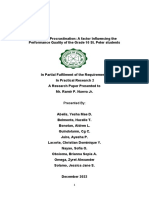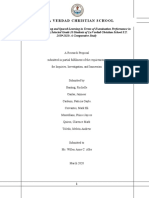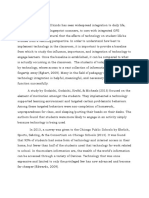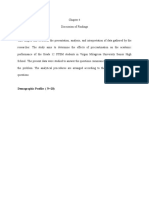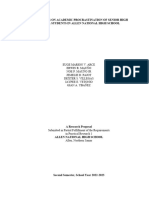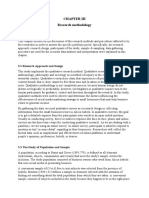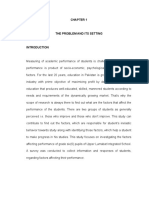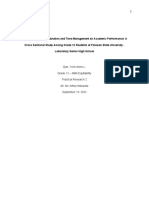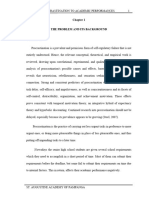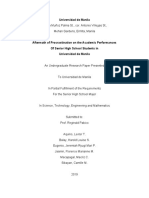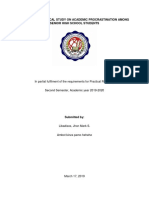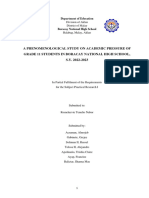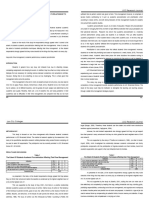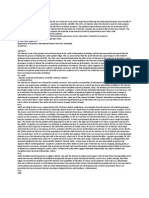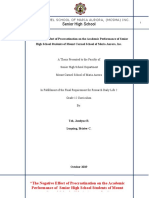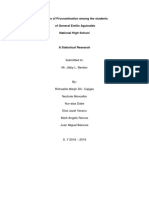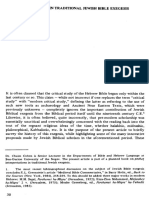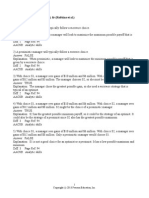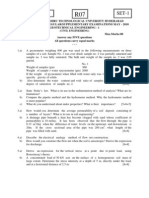0% found this document useful (0 votes)
600 views18 pagesChapter 1 Research
The document provides background information on a study about procrastination among grade 11 STEM students. It discusses that procrastination is a common problem among students that can negatively impact academic performance. The study will be conducted at SVCI and examine why the students procrastinate and possible solutions. It introduces Temporal Motivation Theory, which suggests motivation is influenced by expectancy, value, impulsiveness, and delay. The purpose is to identify the causes of procrastination and ways to prevent it, which could benefit students and future research.
Uploaded by
ivanCopyright
© © All Rights Reserved
We take content rights seriously. If you suspect this is your content, claim it here.
Available Formats
Download as DOCX, PDF, TXT or read online on Scribd
0% found this document useful (0 votes)
600 views18 pagesChapter 1 Research
The document provides background information on a study about procrastination among grade 11 STEM students. It discusses that procrastination is a common problem among students that can negatively impact academic performance. The study will be conducted at SVCI and examine why the students procrastinate and possible solutions. It introduces Temporal Motivation Theory, which suggests motivation is influenced by expectancy, value, impulsiveness, and delay. The purpose is to identify the causes of procrastination and ways to prevent it, which could benefit students and future research.
Uploaded by
ivanCopyright
© © All Rights Reserved
We take content rights seriously. If you suspect this is your content, claim it here.
Available Formats
Download as DOCX, PDF, TXT or read online on Scribd
/ 18

